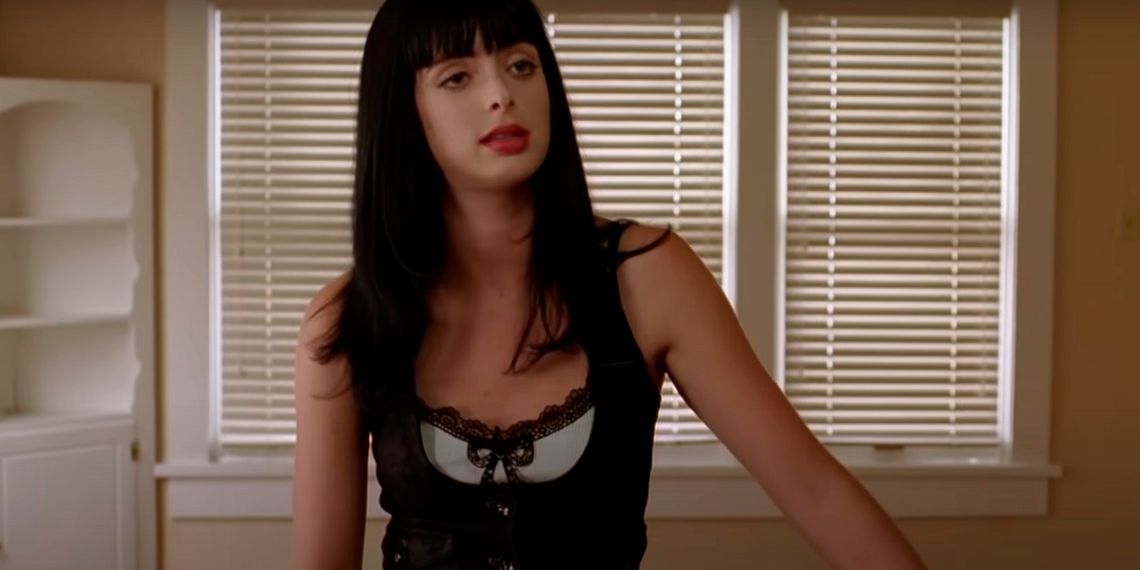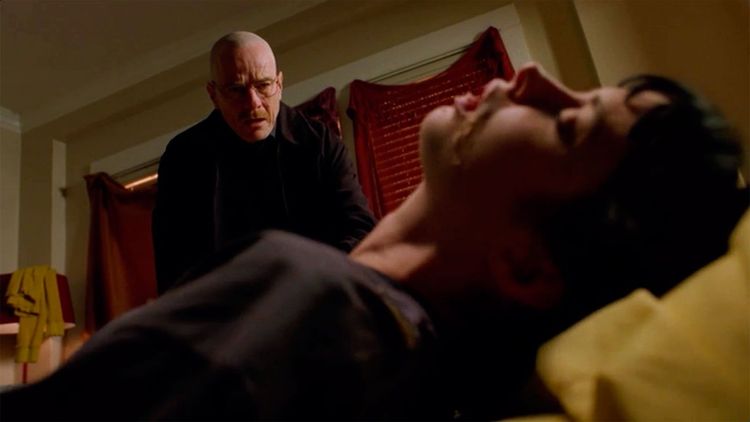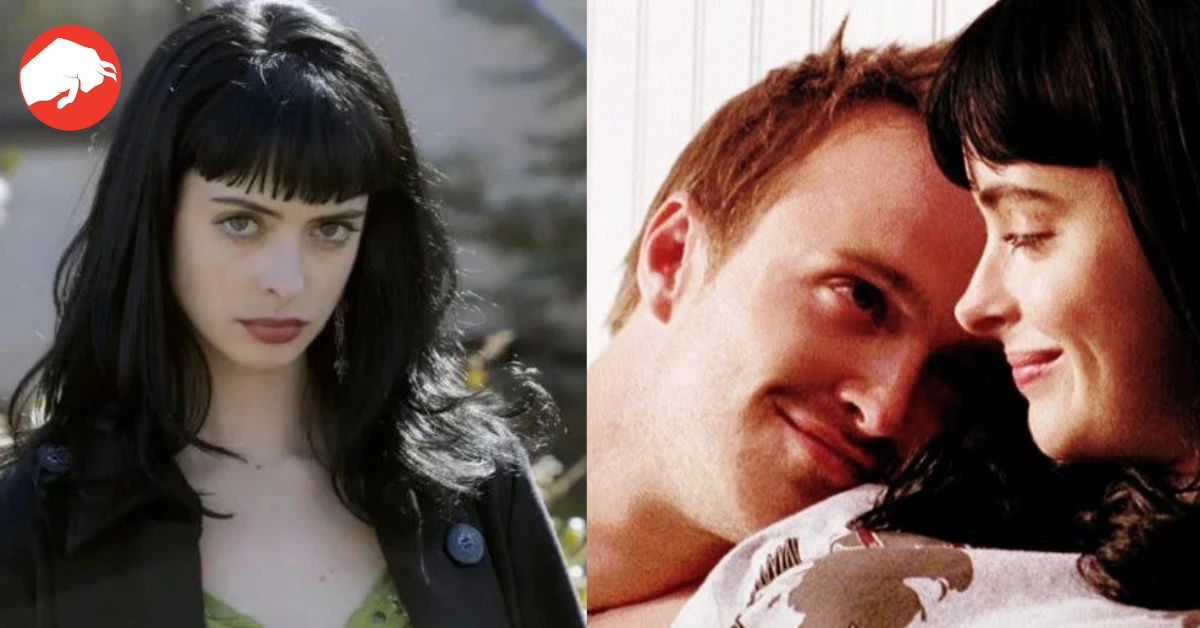Walter White’s Dark Turn: The Untold Story Behind Jane’s Death in ‘Breaking Bad’
In the multilayered world of television, where storylines can change in the blink of an eye, a planned character arc might need to be altered due to unforeseen circumstances. The acclaimed TV crime drama, “Breaking Bad,” is no stranger to such revisions, with its narrative experiencing multiple transformations over its iconic five-season run.
The Creation of Mike Ehrmantraut
One such unforeseen circumstance led to the creation of Mike Ehrmantraut, a character born out of necessity when actor Bob Odenkirk, who portrayed Saul Goodman, was unavailable due to scheduling conflicts. Mike was introduced in Season 2’s “ABQ,” following the devastating events of “Phoenix.”

Jesse, Jane, and a Downward Spiral
Season 2 brought a new element into Jesse Pinkman’s (Aaron Paul) life, his girlfriend, Jane, played by future “Jessica Jones” star, Krysten Ritter. Their relationship, fueled by substance abuse, sees Jane convincing Jesse to extort his meth-producing partner, Walter White (Bryan Cranston), leading to tense and tragic outcomes. Walter, facing blackmail and perhaps concerned about Jesse’s well-being, finds himself at a moral crossroads when he discovers Jane choking on her own vomit, a moment that could save her life but potentially ruin his.
A Tragic End and a Haunting Memory
Walter chooses to let Jane die, a pivotal moment in the series and for Walter’s character evolution, highlighting his descent into moral corruption. This harrowing scene haunted Bryan Cranston, who likened it to losing his own child. For fans, it marked the moment where Walter White transitioned from a sympathetic character to someone much darker. Interestingly, Krysten Ritter still found herself rooting for Walter, despite the darkness of his actions, showcasing the complexity and attachment fans had developed for these characters.

The Original, Darker Vision
Intriguingly, “Breaking Bad” creator, Vince Gilligan, had envisioned a much darker demise for Jane. He had originally planned for Walter to actively cause Jane’s overdose, making his actions overtly malicious. This version met resistance from the writing team, who felt that such a drastic move was too malevolent for Walter’s character at this point in the series. Consequently, Gilligan modified the scene, allowing Walter to only passively permit Jane’s demise, maintaining a delicate balance between sympathy and condemnation for his character.
Creative Struggles and Network Concerns
This moment became the center of controversy, prompting concerns from both Sony, the show’s producer, and AMC, its network, due to its bleakness. It was the first instance where the creators faced significant pushback, revealing the complexities and challenges involved in maintaining artistic vision while navigating network restrictions and audience perceptions.

A Continual Impact
Despite the changes, Jane’s death remains one of the most impactful and defining moments in the series, a turning point that shapes character arcs and fan perceptions. It reflects the intricate and dynamic nature of TV storytelling, where characters’ destinies hang in the balance between creator visions, writer inputs, and network boundaries.
Conclusion
“Breaking Bad” managed to enthrall audiences with its compelling characters and riveting plot twists, even amidst behind-the-scenes alterations and debates. Jane’s tragic end and Walter White‘s moral descent are testament to the show’s ability to explore the human condition’s darker aspects and leave a lasting impact on audiences, actors, and the television landscape.
The Legend Lives On
This true TV urban legend continues to be a topic of discussion, as fans and creators alike explore the untold stories and what-ifs of the groundbreaking series, enriching the lore of “Breaking Bad” and its enduring influence on popular culture.









